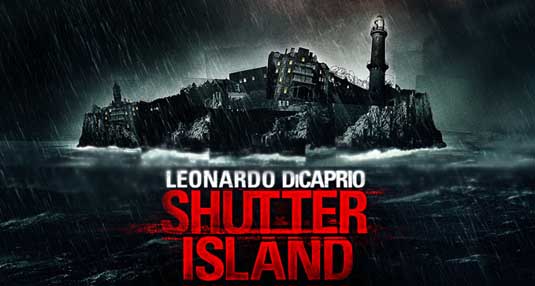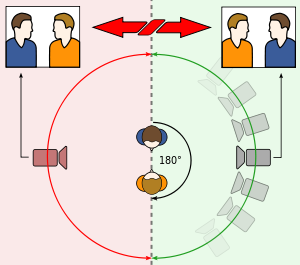Photography brings a visual language that is universal in understanding. We must then understand its vocabulary which consists of shapes, textures, patterns, lines, colours, shade of light to dark and sharp to blurry images. Just as we must learn to arrange words in a coherent order in order to make sense when we write or speak, so too must we put visual elements together in an organized manner if our photographs are to convey their meaning clearly and vividly.
Composition means arrangement: the orderly putting together of parts to make a unified whole; composition through a personal, intuitive act. However, there are basic principles that govern the way visual elements behave and interact when you combine them inside the four borders of a photograph. Once we have sharpened our vision and grasped these basic ideas of principles, then we will have the potential for making our photographs more exciting and effective than ever before.
Whilst using Photoshop in the last 2 weeks, I have learnt how to cut and crop an image but also to change and distort an image completely. I also learnt how to alter colours and create shadow/reflective effects in an image using the basic Photoshop tools and Brightness/Contrast levels. I had to cut an image of a woman and put it onto a background from the film Cloverfield. I did this using the Magnetic Lasso tool. I then made her look as though she was coming out of the water with a reflection using the Clone tool and changing the Opacity of the reflection. I also changed the colours of the image to make it work with the background by using Saturation levels.








